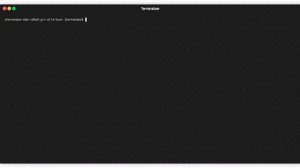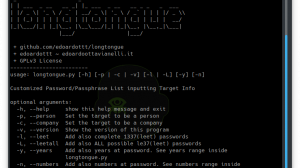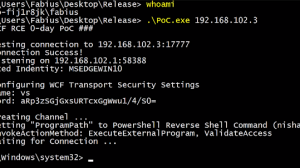A user-friendly Web interface to share an hashcat cracking box among multiple users with some pre-defined options.
Outline
- This Web application can be used to launch asynchronous password cracks with hashcat.
- The interface tries to be as user-friendly as possible and facilitates the password cracking method choice and to automate the succession of various attack modes.
- It also displays statistics regarding the cracked passwords and allows to export the cracked password list in CSV.
- The application is designed to be used in a multi-user environment with a strict segregation between the cracking results of different users: the user authentication can be done through an LDAP directory or basic auth.
Usage
Wavecrack can be used to do the following:
- Add new password hashes, choose the attack mode and the crack duration
- View the past and current cracks for your user with statistics and graphs
- View the overall load of the platform
- Upload a password-protected file and extract its hash
The attack modes are followed in the order they are displayed on the hash submit form.
It is also possible to stop a crack. However, every cancelation is final.
A limit to the amount of concurrent cracks can be defined in the settings in order not to reduce the current cracks performance.
Requirements
- hashcat: follow these instructions for CPU only usage on a Kali linux host
- flask (>=0.10.1)
- celery (>=3.1.18)
- SQLite (>=3.8.7.4)
- rabbitmq-server (>= 3.4.3)
- Rules for hashcat (examples)
- Wordlists (examples)

Installation
- Install the RabbitMQ server and
python-ldaprequirements
$ apt-get install libsasl2-dev libldap2-dev libssl-dev rabbitmq-server
- Install the python requirements
$ pip install -r requirements.txt
- Create a
cracker/app_settings.pyconfiguration file from thecracker/app_settings.py.examplefile and notably edit theMandatory settingssection:- The path of hashcat
- The RabbitMQ connection string: by default, the guest/guest account is used. Be sure to harden your installation
- The path of the SQLite database
- The path of the hashcat rules
- The path of the wordlists
- The LDAP parameters:
- IP address
- port
- LDAP database for the users
- Base DN
- Initialize the local database linked in the
cracker/app_settings.pyconfiguration file
$ sqlite3 base.db < base_schema.sql
- Start the RabbitMQ server
$ sudo service rabbitmq-server start
- Start Celery from the application folder
$ celery worker -A cracker.celery
- Launch the Flask Web server
- Directly from the
server.pyfile: this mode is not suitable for production purpose
$ python server.py
- With a
wsgi script: an example ofapp.wsgi.exampleis provided - Similarly,
supervisorctlcan be used to manage celery with a configuration file example insupervisorcelery.conf.example
- Directly from the
- In order to stop the cracks after a certain amount of time, you can use the
provided cron script. - If you want to update the list of hashes supported, you can use the
dedicated scriptwhich will parse hashcat’s wikiand generate an updated hashcat_hashes.py. To do so, you need to have BeautifulSoup installed on your system.
Finally, if you don’t want to setup your own VM, you can use the Docker-based process described in the docker folder.





















Add Comment